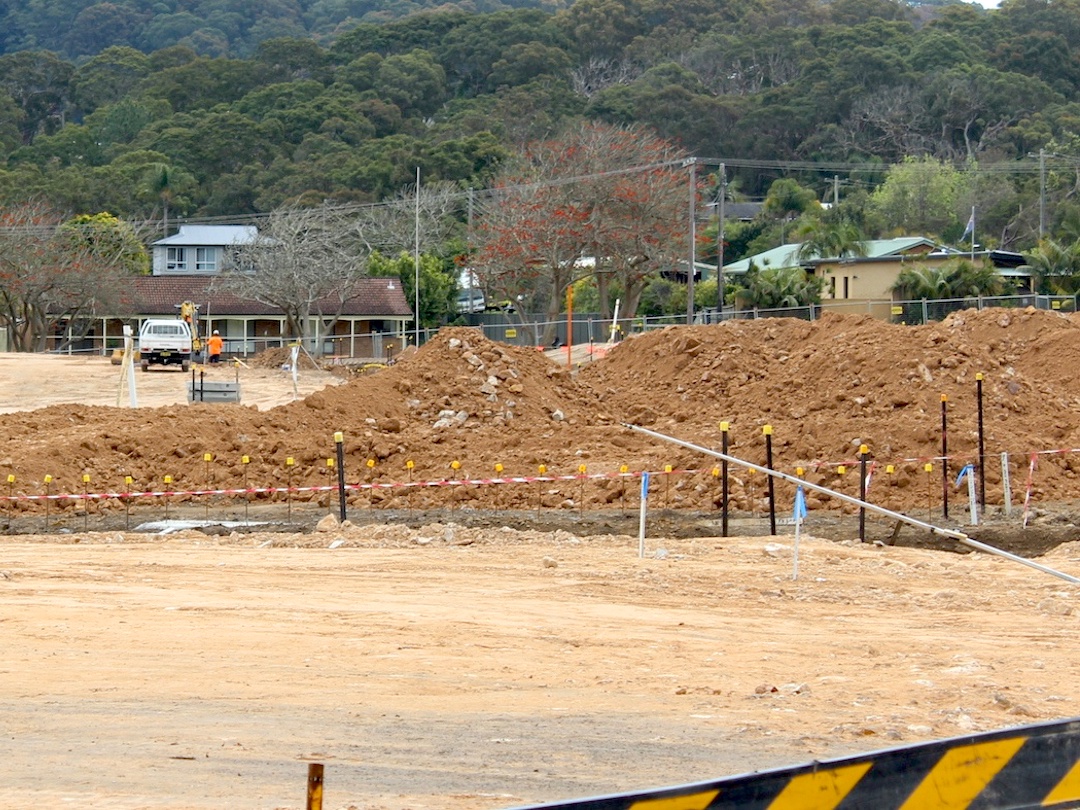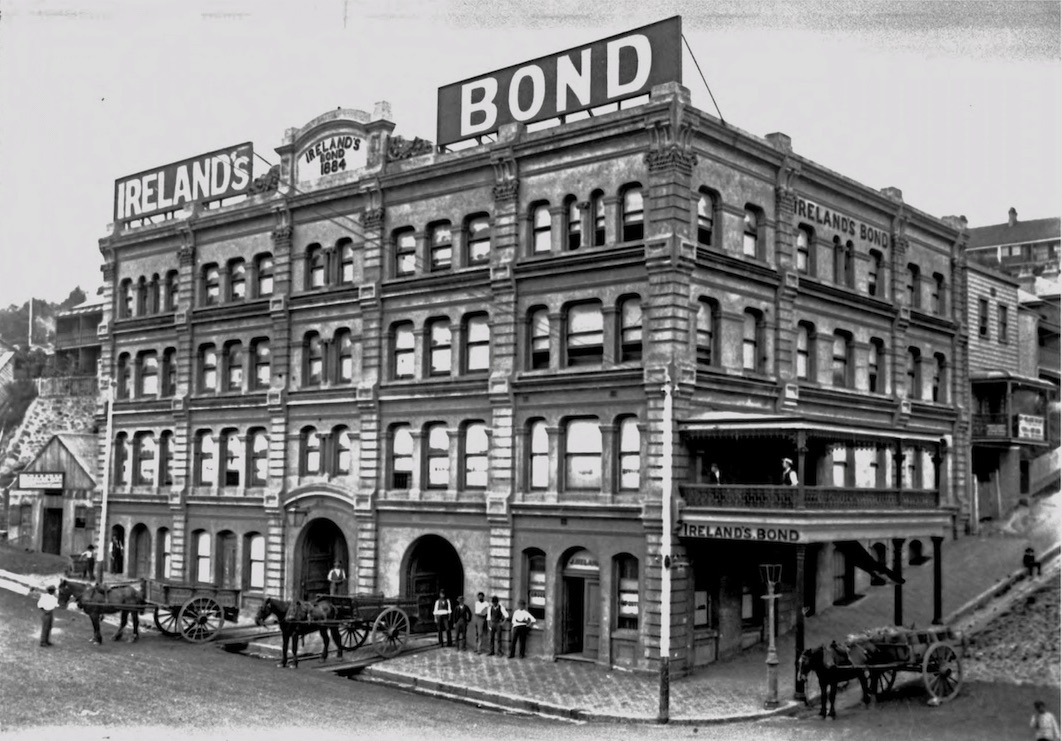
Builders and developers are increasingly seeking ENM/VENM soil testing services to comply with regulations when removing soil from sites. Councils require assurance that the soil being removed is either clean or contaminated, regardless of whether it is transported to another site or a landfill. This often involves an ENM/VENM assessment.
Initially, ENM/VENM testing requests came from regions north of Sydney. However, this requirement has now become a widespread issue for builders and cartage firms throughout NSW.
Authorities frequently stop and inspect loads to ensure contractors meet their obligations when removing spoil. The penalties for non-compliance can be severe. If you have not yet encountered this requirement, here is some essential information to help you prepare for an ENM/VENM assessment.
Our Geotechnical Engineer, Dane Dwyer, provided insight into the relevant code.
VENM (Virgin Excavated Natural Material) refers to natural materials such as clay, gravel, sand, soil, or rock fines that meet the following criteria, as defined by the Protection of the Environment Operations Act 1997 (POEO Act):
VENM also includes excavated natural materials approved under an EPA Gazettal notice. The EPA classifies VENM as general solid waste (non-putrescible).
VENM cannot include any other waste or be created from processed soils. Excavated materials that undergo processing cannot qualify as VENM.
We believe it is essential to inform builders about these regulations to help them prepare and manage their costs effectively. Our team offers VENM/ENM testing as part of Lot Classification services or as a standalone service. You can now order Lot Classifications online for added convenience
Make sure you’ve factored the cost of ENM/VENM testing into your next build budget.

Historic photo from DA submitted to the City of Newcastle Council
The Ireland’s Bond Building, built in 1884 in Newcastle, NSW, is undergoing a significant transformation. As part of the redevelopment, Ideal Foundations played a key role in strengthening its foundation using screw piers installation. This upgrade was crucial for preserving the building while preparing it for modern apartment living.
Reinforcing the foundation of a four-story heritage building is never simple. However, this project came with additional challenges. Unlike new constructions, which allow for standard piling methods, this site had tight spatial constraints.
One of the biggest obstacles was limited head height, which dropped to just 3.0 meters in some areas. This restriction made it impossible to use large excavation equipment. Moreover, overhead beams and columns further reduced available space. The project also required precise pile placement to align with the original pile caps, preventing costly structural modifications.
Initially, the foundation design required 40-tonne (400kN) piles. These typically need large machinery, which was impossible to fit within the confined space. To solve this problem, Chris Elliott of Ideal Foundations worked with a structural engineer to modify the plan.
The team redesigned the pile loads, reducing them to 20 tonnes (200kN) per pile. This change allowed the use of smaller equipment while maintaining structural integrity. Additionally, pile extensions were limited to 1.5 meters, ensuring installation remained within the restricted overhead clearance.
Executing the screw piers installation in such tight conditions required expertise and careful planning. The Ideal Foundations team used compact excavation equipment and followed a step-by-step approach. This ensured accurate pile placement while working safely around existing structures.
The process demanded precision and adaptability. Despite the constraints, the team successfully reinforced the Ireland’s Bond Building, preserving its heritage while preparing it for future residents.
This project highlights the importance of innovation in heritage restoration. By using advanced screw piers installation methods, Ideal Foundations reinforced the structure without altering its historical charm. As a result, the Ireland’s Bond Building will stand strong for generations, combining history with modern apartment living.
For more insights into complex foundation reinforcement and heritage building restoration, explore the photos and videos below, showcasing the Ideal Foundations team in action.
If you need foundation reinforcement for a light construction, or residential project, Ideal Foundations can help. We specialize in precision piling solutions, even in challenging conditions.
Building on a sand hill comes with unique challenges, especially when it involves supporting a luxury residential estate. At Ideal Foundations, we specialize in screw piles installation for complex terrains. Recently, we assisted Altum Property Group with foundation work on a steep hillside site in Noosa, QLD, forming part of the Noosa Springs Golf Course Estate.
This project was anything but a typical residential foundation installation. The steep slope and loose sandy soil required careful planning to ensure stability. Our team needed to use larger screw piles and heavy-duty excavators to penetrate deeper into the shifting sand.
Collaboration was key. Craig Geddis, our Queensland BDM, worked closely with the builder and engineer to determine the best piling approach. Given the site’s complexity, we implemented double helix screw piers, extending up to 6 meters deep for maximum stability.
The video footage from the site highlights the scale of the operation. With the hill’s incline and limited access, we relied on long-reach excavators to place and install the piles accurately. While the video captures the challenging terrain, being on-site made the slope feel even steeper!
Despite the difficulties, our team executed the screw piles installation with precision, ensuring a solid foundation for the luxury homes above.
Building on sloping land requires specialized foundation solutions. Screw piers offer key advantages, including:
For developers and builders working on challenging terrains, Ideal Foundations provides expert screw piling solutions that ensure long-lasting structural integrity.
If you’re planning a residential, light construction, or hillside development, our screw piles installation services provide secure, fast, and efficient foundation solutions.